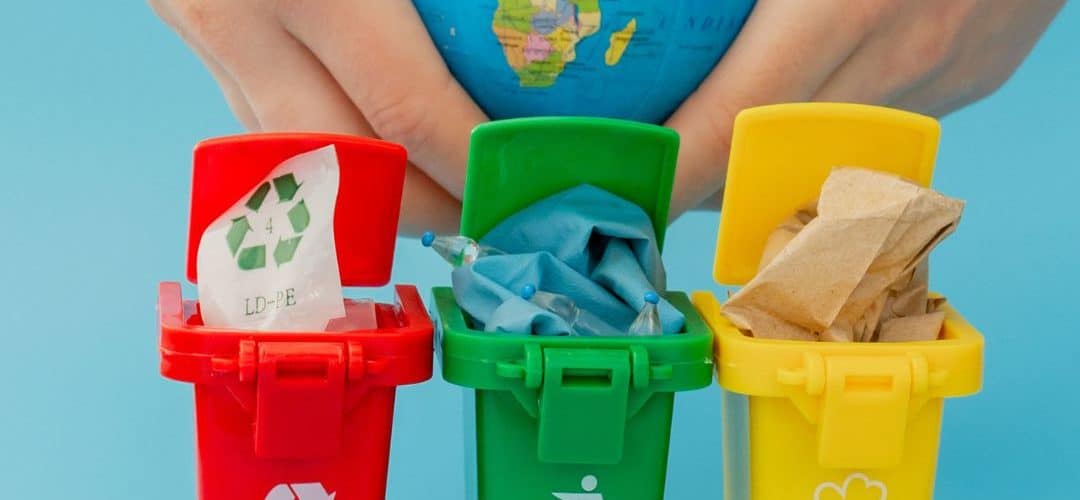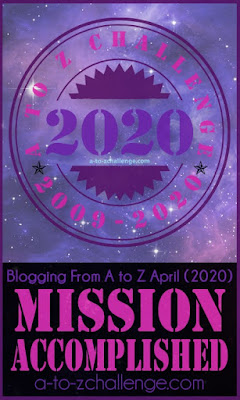Teaching children importance of Reduce, Reuse and Recycle.

We’re facing an environmental catastrophe. Climate change, global warming, and melting glaciers are all happening in front of our eyes. In the present scenario, learning how to care for our environment is an essential life skill. One that can start from a very young age! Teaching and telling about caring for our environment to children can help bring up a conscious and aware generation. Understanding the concept of Reduce, Reuse, and Recycle for kids is the first step towards becoming conscious and eco-friendly humans.
Coming to the common grounds, we all know how recycling, reducing, and reusing products or materials be beneficial to creation. Hence we should educate our children to follow these methods and preserve our nature’s resources. Encouraging children to recycle is a way of teaching them about sustainability. Learning the importance of being sustainable shows them that the environment is important. It also helps create responsible adults, with a better chance of having a decent planet to live on. Reduce Reuse Recycle and Kids is one lesson that when taught at an early age goes for a lifetime.
Benefits Of 3Rs For Kids
- Learning about 3R Sensitizes children toward environmental issues:
It’s of utmost importance to educate the future generation about the need to safeguard and preserve the environment. Teaching them to follow the three Rs in managing waste early on will make them conscious citizens and go a long way in keeping the environment clean and the planet a safe place to live.
- 3R teaches discipline:
Understanding and following the concepts of Reduce, Reuse, and Recycle will make the children more disciplined. The concept of “reduce” will teach them the importance of saving. Children will realize that they should not discard food, toys, or wastewater. They will know the difference between need and want.
- Being responsible:
Following the principles of the 3Rs will increase the sense of independence and boost the confidence of children. Practicing the 3Rs in the house involves performing numerous tasks, which helps make kids responsible. Parents can lead by example and demonstrate the process of reusing or recycling used items or materials to their children and even assign simple tasks to their little ones.
- Inculcates values:
The concept of the 3Rs encourages the donation of clothes and toys to shelter homes. This will teach children the value of giving back to society. Passing on the clothes to the siblings will educate them about sharing. Reusing and recycling is the best way to teach sharing is caring.
- Develops creativity:
Parents can make the process of repurposing waste a fun activity and exciting for children by suggesting creative DIY projects. You can try activities like painting glass bottles to turn them into colorful flower vases, using tin cans to make wind chimes, and turning old socks and clothes into soft toys. Such simple activities help boost creativity in children.

Reduce Reuse Recycle and kids
Reduce
Reducing means cutting back on the amount of waste used in everyday life. To decrease the garbage we create by limiting our purchases and consumption. Limiting what we buy is a simple and best way to reduce waste and thereby eliminate the cause itself. For example, reduce waste by teaching children to use canvas bags at the grocery store instead of plastic bags. Teaching your little ones the importance of avoiding wastage is the first step in making them understand the concept of “reduce”. We need to explain to them, that reducing the amount of waste you will produce, means buying items that contain less packaging, and carrying paper bags from home so that you buy fewer plastic bags or polythene from the shopkeeper for your products and materials.
Reuse
Reusing means using the same item more than once rather than discarding it. Apart from saving the environment, reusing and repurposing used items in creative ways can be a fun activity for children. When they grow out of their clothes, if they’re no good for charity or a hand-me-down, they can still be reused. Some DIY activities can be to cut them into squares for use as household cleaning cloths or bathtime flannels.
There are several ingenious ways to reuse and repurpose used items. For instance, you can reuse broken dishes, plastic containers, or empty glass bottles as flower pots or vases. You can reuse takeaway paper coffee cups as pen or pencil holders. Sometimes printouts are lying that can be used from one side, we can reuse paper for drawing, reuse recyclable materials for crafts, etc.
Recycling is a method of creating new items from used materials or old products. Sometimes products like opened soda cans, soft drink bottles, broken parts of bicycles, etc., cannot be reused. These materials can then be recycled and sold again. Recycling is an important concept that teaches children about environmental awareness and how to care for the environment. It encourages children to be responsible and show a growing appreciation for the Earth and the importance of respecting their environment.
The dictionary says Recycle means when an object can be shredded, melted, or processed to create new raw materials. For example, an aluminum can is used to create more cans while paper and cardboard can be recycled to generate more paper products.
Inculcating the values of these 3Rs in your children is not a one-time activity. You need to consistently reinforce waste management values. Getting these in your daily regime and regularly celebrating international environment days like World Earth Day and World Environment Day are some ways of reaffirming the message.
Here are some simple experiences, to start with:
- Composting – Show children that food waste can be recycled too. Create a compost bin where children’s meal leftovers can be deposited. Make it part of your daily routine to empty scraps into the compost bin and periodically transfer its contents into an outdoor composter. Use this opportunity to teach children about the composting process and how food can be recycled into nutrient-rich soil.
- Create a Recycling Centre – Using plastic recycling bins or cardboard boxes, create a recycling center within your room. Get preschoolers involved in labeling, decorating, and setting up the recycling bins in the room. As you label each box with plastic, paper, metal, and cardboard, explain the types of items that might go in each one. Invite children to start sorting recyclables and continue to sort the items they use every day.
- Reuse Recycled Materials for Art and Craft Projects – Set up a shelf where recycled materials can be stored. Children can choose what they want to use and create with.
- Similarly, water – the most precious resource, turns off its taps when not in use, ensuring it doesn’t run out of control. Reusing is much cheaper than buying a new one as it not only affects our environment but saves our money. Instruct your child to reuse items such as refill water bottles rather than replacing them with new ones, updating your devices instead of exchanging them. Recycling includes picking items that can be put to new use and not throwing them away for waste, including glasses, cardboard, aluminum, etc.
If there is one activity that helps keep our surroundings clean it is recycling because it cuts down significantly on the amount of waste we let loose on the environment, especially non-biodegradable waste. Make recycling a habit in your home and teach your children how to do it. Teach them to separate trash and have different bins for each type. Also, go with them when you are dumping the waste so they can see how organized recycling can be and adapt it as a way of life.
From My Green Bag
To sum up, This is my conscious lifestyle post to spread more awareness about sustainable living. Join me for more such ways and tips and become part of my Conscious and sustainable living journey. Keep visiting my blog to make yourself eco-friendly, aware of conscious and sustainable choices be more concerned for our environment, and alter your lifestyle.
To add on, read and listen to my Green Tatva Talks series and check out interviews with Eco-conscious people who are trying their bit towards conscious and sustainable living practices. There is so much to learn and explore from all of them I have interacted with, do listen and drop in your views in the comments. Check here to learn more about the Environment concerning dates.
Being Eco-Friendly is not a choice, make it a habit.
Without a doubt, sustainability is easier than you think. You don’t have to jump in by changing everything, start small to make the changes more eco-friendly, sustainable and a part of your daily life.








Recent Comments